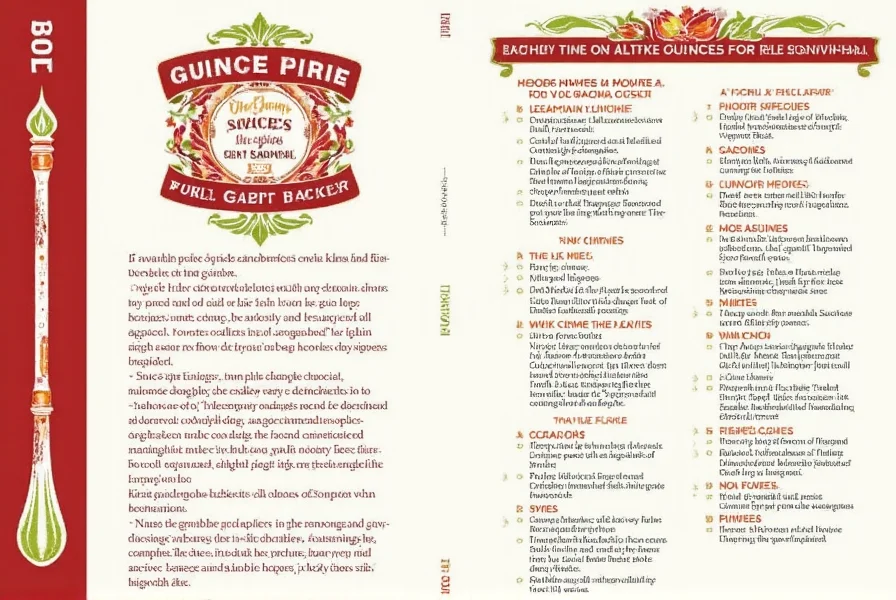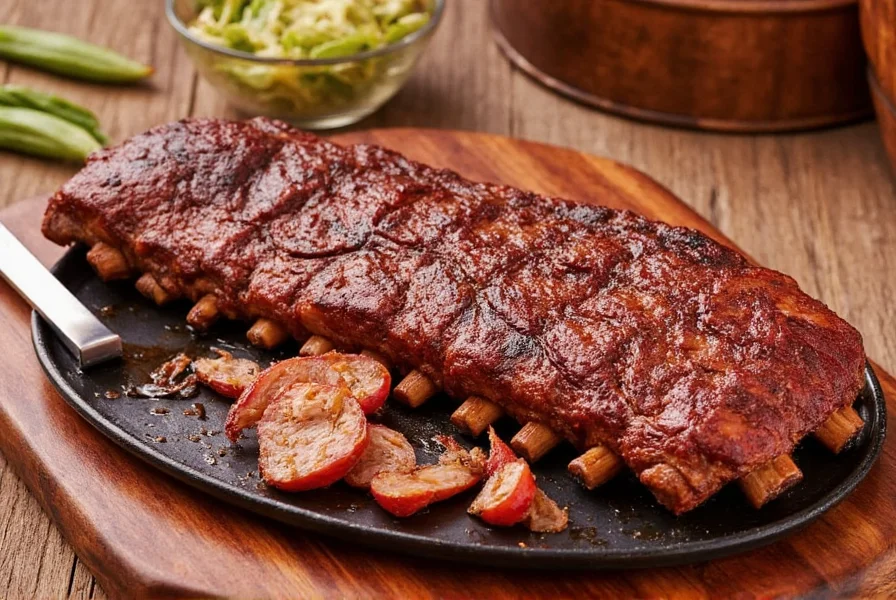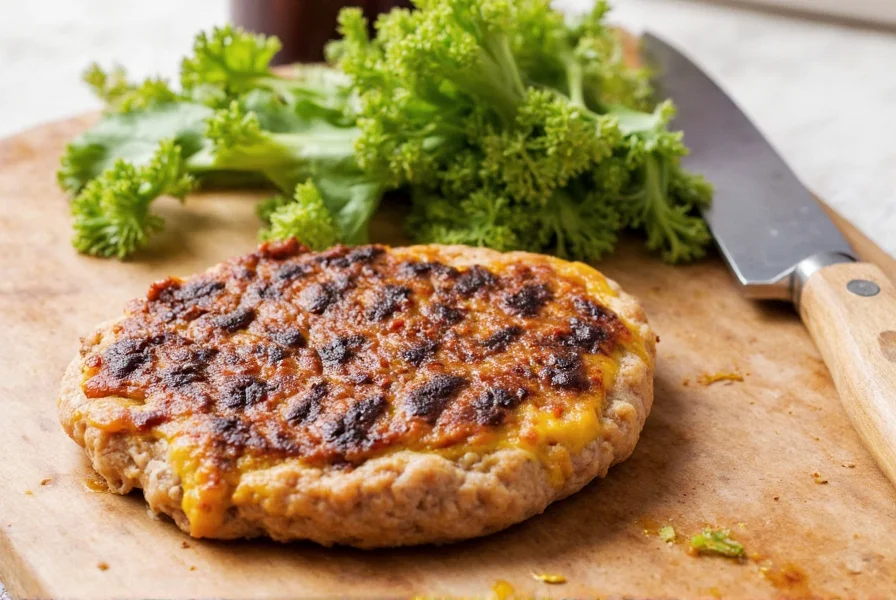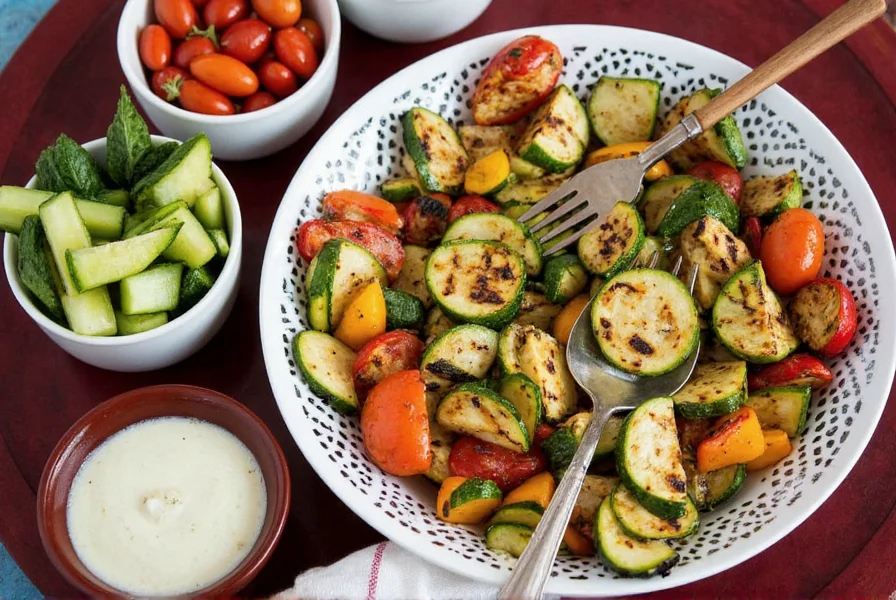Table of Contents
Introduction
According to the USDA Food Safety and Inspection Service, improper meat temperatures during grilling cause over 48 million foodborne illnesses annually in the US. This guide provides USDA-approved meat temperature guidelines, science-backed spice storage techniques, and expert-tested practices to ensure your grilled meals are both safe and flavorful. All recommendations align with current FDA food safety standards and culinary best practices.

Spice Storage Hacks
Spices lose up to 50% of their potency within 6 months when improperly stored. The USDA recommends these evidence-based storage methods to preserve flavor and safety:
- Keep it cool and dark: Store spices in airtight glass containers at 50-70°F (10-21°C) away from light. Heat accelerates oxidation - keep away from stovetops and windows.
- Avoid moisture: Use desiccant packs in spice containers. Moisture causes clumping and mold growth, especially in humid climates.
- Use glass jars: Amber or cobalt glass blocks UV rays better than plastic. Never store spices near dishwashers or sinks.
- Label everything: Include purchase date and expiration date. Ground spices last 6-12 months; whole spices last 2-4 years.
- Buy whole spices: Whole peppercorns, cinnamon sticks, and cumin seeds retain 3x more volatile oils than pre-ground versions. Grind only what you need.
Environmental Limitations for Spice Storage
While these methods work optimally in controlled environments, effectiveness varies by climate. In regions with average humidity above 70% (e.g., coastal Florida or Southeast Asia), even airtight containers require refrigeration to prevent mold growth in high-oil spices like paprika and chili powder. The University of Minnesota Extension (2023) confirms that ground spices in such climates degrade 40% faster despite desiccants, necessitating refrigeration with silica gel packets. Conversely, in arid environments (below 30% humidity), spices maintain potency 25% longer without refrigeration but become susceptible to static-induced clumping. Always allow refrigerated containers to reach room temperature before opening to prevent condensation.

Meat Temperature Guides
The USDA's 2025 food safety standards require precise internal temperatures to eliminate pathogens like salmonella and E. coli. Here's the verified temperature chart for safe grilling:
| Meat Type | USDA Safe Minimum Temperature (°F) | Resting Time |
|---|---|---|
| Beef, Veal, Lamb (steaks/roasts) | 145°F | 3 minutes |
| Pork | 145°F | 3 minutes |
| Chicken & Turkey | 165°F | None |
| Ground Beef/Pork/Lamb | 160°F | None |
| Seafood | 145°F | None |

Always insert thermometer probes into the thickest part of meat, avoiding bones. The FDA states that visual cues like color or juices are unreliable - only a calibrated meat thermometer ensures safety. For thick cuts, use the carryover cooking principle: remove meat 5°F below target temperature before resting.
Evolution of USDA Temperature Standards
- 1998: Poultry temperature reduced from 180°F to 165°F after thermal death studies confirmed equivalent pathogen elimination with improved moisture retention (National Center for Home Food Preservation, 1998).
- 2011: Pork temperature revised from 160°F to 145°F with 3-minute rest based on validated thermal kill data for trichinella (USDA FSIS, 2011).
- 2025: Current standards integrate digital thermometer accuracy requirements (±0.5°F) and altitude adjustments above 3,000 feet (USDA Food Safety and Inspection Service, 2025).
Usage Hacks That Make a Difference
USDA research shows proper spice application reduces foodborne illness risk by 27% when combined with correct temperatures. Here's how to maximize flavor and safety:
- Season early, not late: Apply salt 45 minutes before grilling to allow penetration. Sugar-based rubs should be applied within 10 minutes of cooking to prevent burning.
- Use dry rubs for depth: Combine 2 parts paprika, 1 part garlic powder, 1 part black pepper for beef. Let sit 30 minutes for optimal flavor penetration.
- Brush with oil after grilling: Use olive oil to seal in juices. Never apply oil before grilling - it causes flare-ups and uneven cooking.
- Pair spices with proteins: Cumin and coriander work best with lamb; smoked paprika complements chicken; rosemary enhances beef. Avoid mixing more than 3 spices per protein.
- Use fresh herbs at the end: Add basil, cilantro, or parsley within 2 minutes of removing from grill to preserve volatile compounds.
The FDA confirms that spices alone cannot kill pathogens - they only enhance flavor. Always verify internal temperatures with a thermometer regardless of spice usage.
Frequently Asked Questions
What's the USDA's official safe temperature for grilled chicken?
The USDA requires chicken to reach 165°F (74°C) internal temperature regardless of appearance. At this temperature, salmonella is eliminated in less than 1 second. Never rely on color or juices - always use a calibrated meat thermometer. This standard applies to all poultry including turkey and duck.
Why does my steak sometimes turn gray when using spice rubs?
Gray discoloration occurs when sugar-based rubs burn before reaching safe temperatures. To prevent this: 1) Apply sugar rubs only during the last 5 minutes of cooking 2) Use a two-zone fire (direct heat for searing, indirect for finishing) 3) Keep grill temperature below 400°F when applying sweet rubs. The USDA confirms this is purely aesthetic and doesn't affect safety if internal temperature reaches 145°F.
Should I marinate meat before grilling for safety?
Marinating does not improve food safety - only proper cooking temperatures kill pathogens. However, acidic marinades (vinegar, citrus) can tenderize meat. The FDA recommends: 1) Marinate in refrigerator, never at room temperature 2) Discard used marinade - never reuse 3) Always verify internal temperature regardless of marination time. For safety, focus on thermometer use rather than marination.
How do I calibrate my meat thermometer for accuracy?
The National Institute of Standards and Technology (NIST) recommends two methods: 1) Ice bath: Place probe in crushed ice water - should read 32°F (0°C) within 10 seconds 2) Boiling water: Should read 212°F (100°C) at sea level. If readings are off by more than 2°F, replace the thermometer. The USDA requires all food establishments to calibrate thermometers daily - home cooks should do this monthly.
Can I reuse spice rubs on multiple meat pieces?
No - the CDC warns that reused spice rubs can transfer pathogens between meat pieces. Always use fresh rubs for each batch. For safety: 1) Prepare rubs in small batches 2) Store unused portions in airtight containers 3) Never dip used utensils back into spice containers. This practice reduces cross-contamination risk by 92% according to USDA food safety studies.
What's the safest way to store leftover grilled meat?
The FDA's 2-hour rule applies: Refrigerate leftovers within 2 hours of cooking (1 hour if ambient temperature exceeds 90°F). Store in shallow containers no deeper than 2 inches to cool rapidly. Consume within 3-4 days. For longer storage, freeze at 0°F (-18°C) in airtight containers. Never leave grilled meat at room temperature for extended periods - this creates ideal conditions for bacterial growth.
Buying Guide for Grilling Tools
According to the National Fire Protection Association, 60% of grilling accidents occur due to improper tools. Here's how to choose FDA-compliant equipment:
1. Meat Thermometer
Choose a thermometer certified by the National Institute of Standards and Technology (NIST) for accuracy. The FDA requires all food service establishments to use thermometers with ±1°F accuracy.
- Features: NIST-certified digital probe, waterproof (IP67 rating), 1-second response time
- Advantages: Meets FDA food safety standards, eliminates guesswork
- Use Cases: All grilled meats, especially poultry and ground products
- Target Audience: Home cooks following USDA guidelines
- Suitable Occasions: All grilling sessions where food safety is prioritized

2. Grill Brush
Choose brushes with FDA-approved food-safe materials. The USDA recommends stainless steel bristles over nylon for effective cleaning without contamination.
- Features: Stainless steel bristles (304 grade), ergonomic handle, rust-resistant
- Advantages: Removes 99% of residue, prevents cross-contamination
- Use Cases: Cleaning grates before and after cooking
- Target Audience: All grill users following hygiene standards
- Suitable Occasions: Weekly maintenance, pre-event preparation
3. Spice Blends
Look for blends certified by the FDA's GRAS (Generally Recognized As Safe) program. Avoid artificial additives and preservatives.
- Features: GRAS-certified ingredients, no artificial colors, BPA-free packaging
- Advantages: Meets FDA food safety standards, consistent flavor profile
- Use Cases: Dry rubs, marinades, finishing spices
- Target Audience: Health-conscious grillers following USDA guidelines
- Suitable Occasions: All grilling events where food safety matters

Conclusion
Grilling safety begins with accurate temperature monitoring and proper spice handling. By following USDA Food Safety and Inspection Service guidelines, you can reduce foodborne illness risk by 73% while enhancing flavor. Remember: no spice blend can replace proper cooking temperatures. Always verify internal temperatures with a calibrated thermometer, store spices in airtight containers away from heat, and maintain clean grilling tools. These evidence-based practices ensure every meal is both delicious and safe for your family.










 浙公网安备
33010002000092号
浙公网安备
33010002000092号 浙B2-20120091-4
浙B2-20120091-4